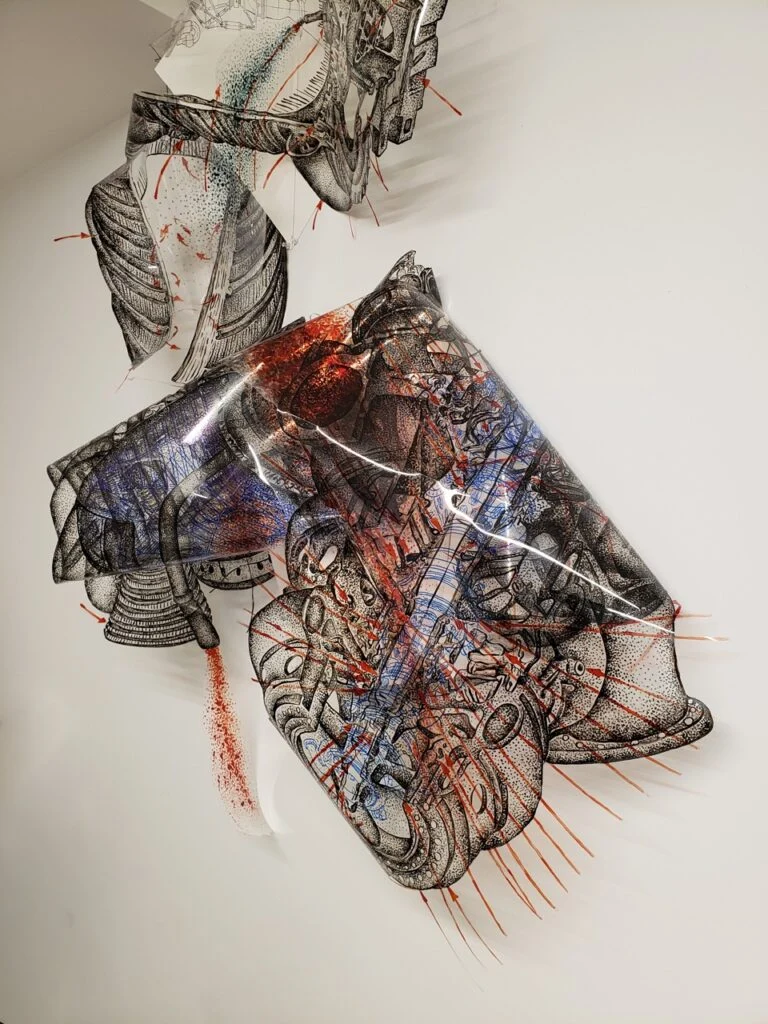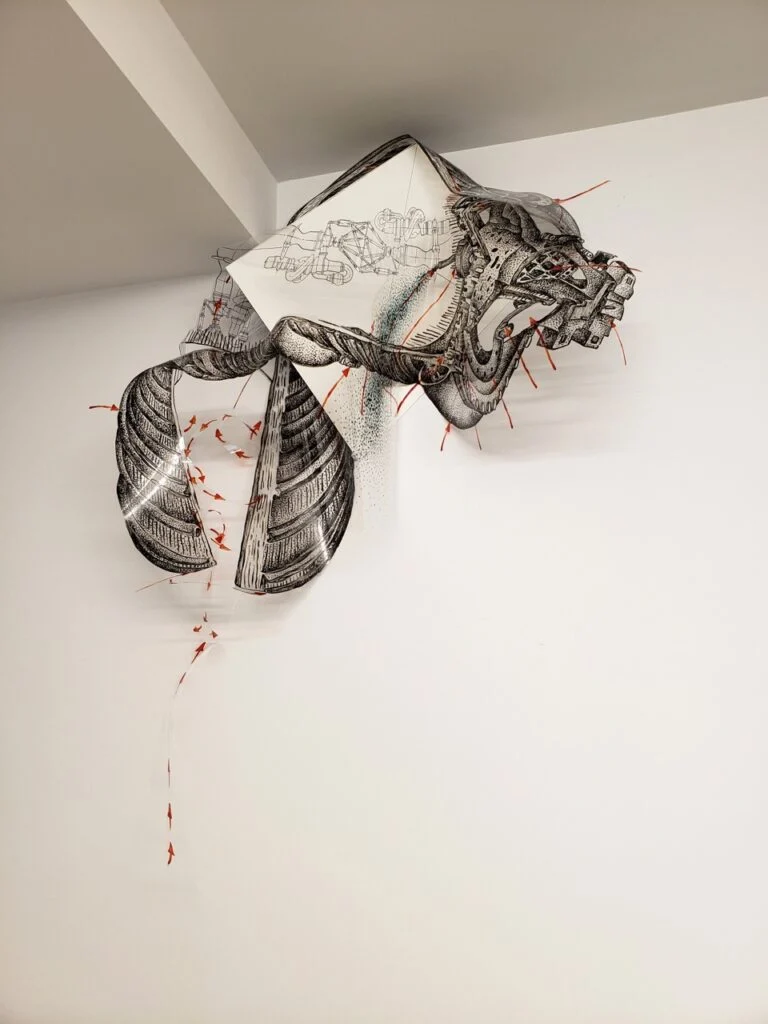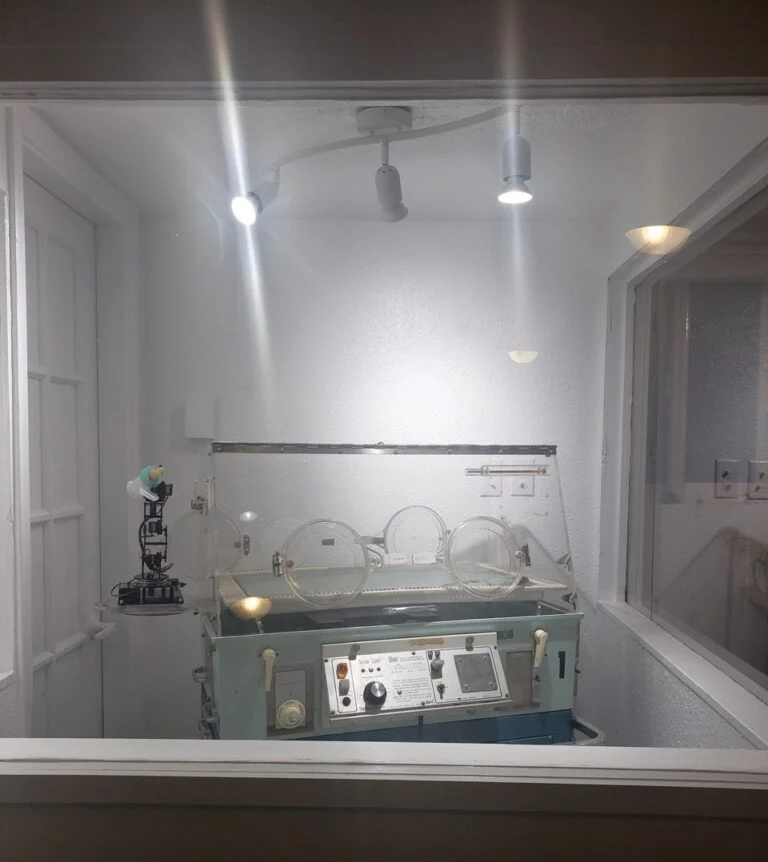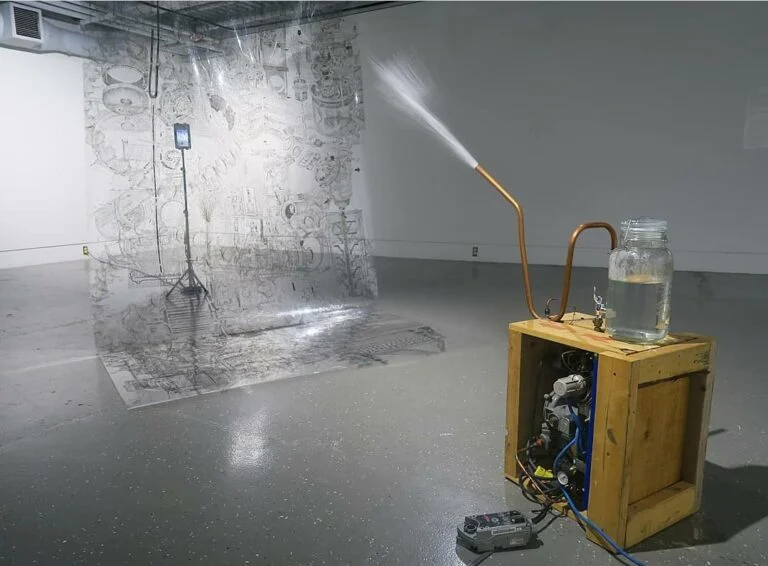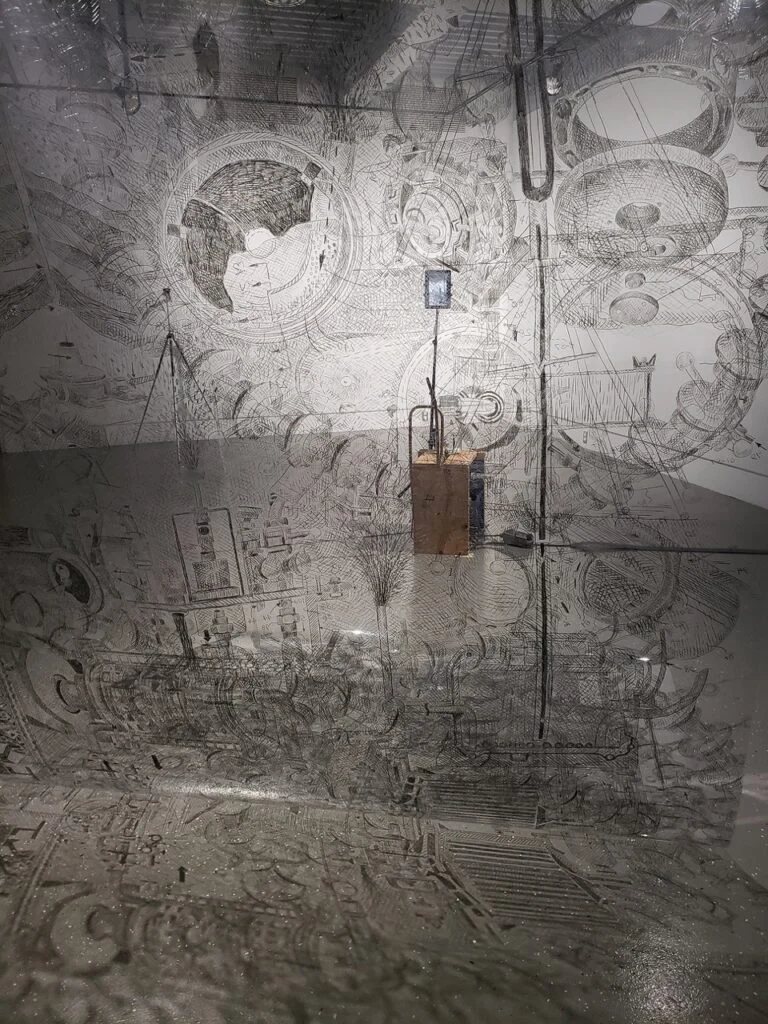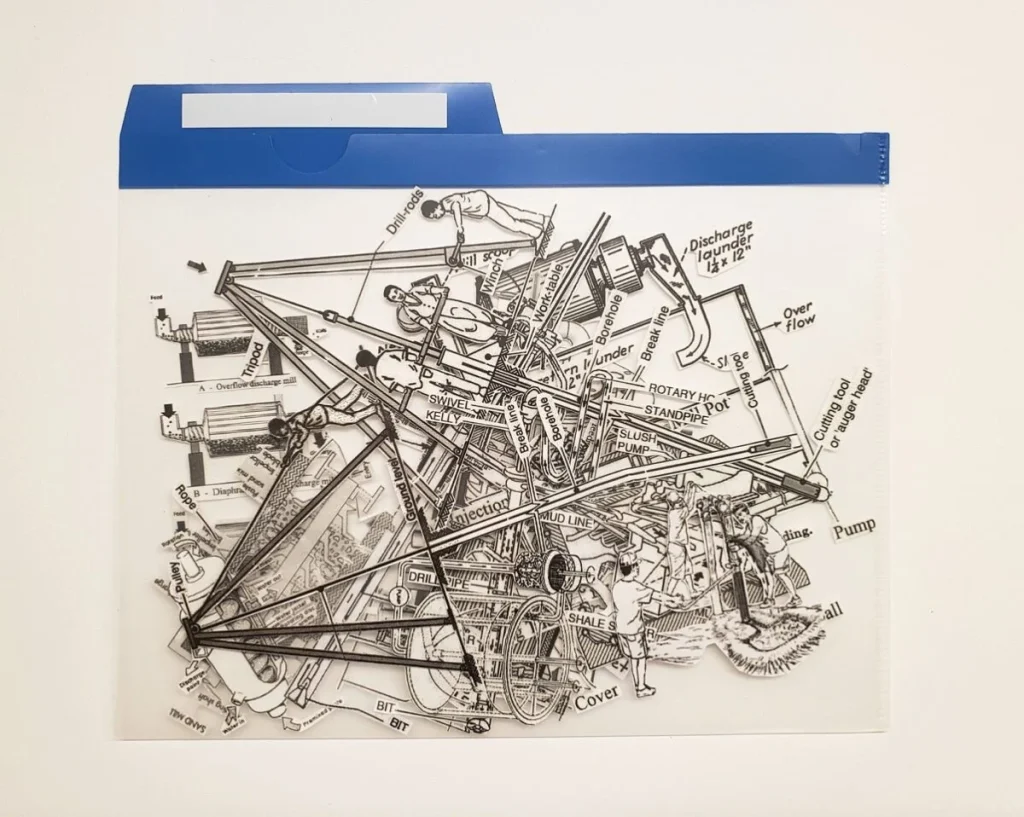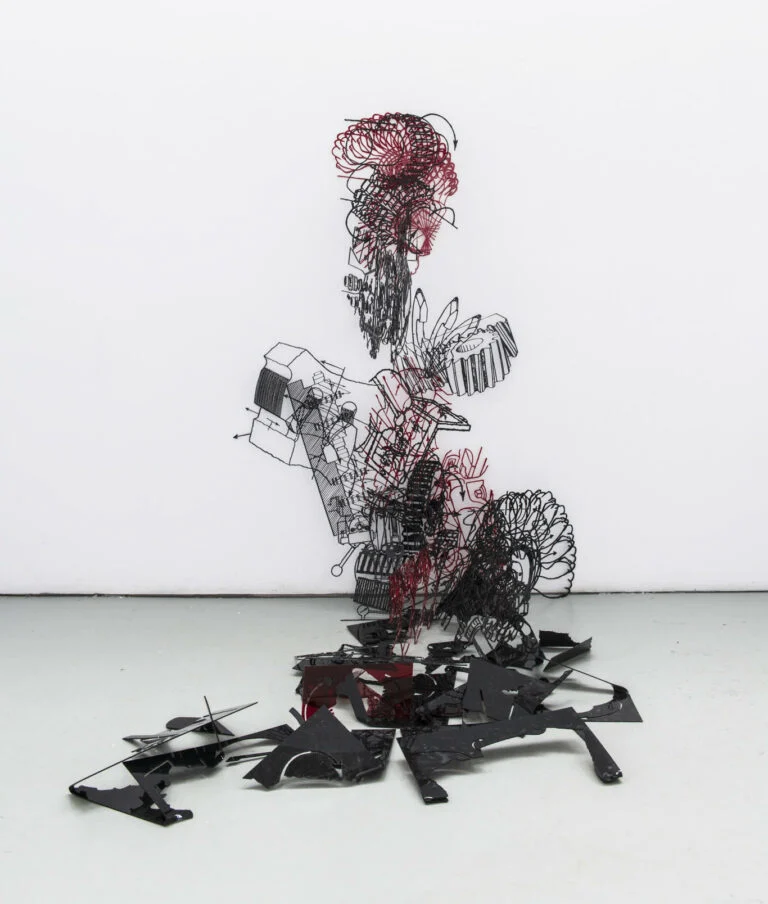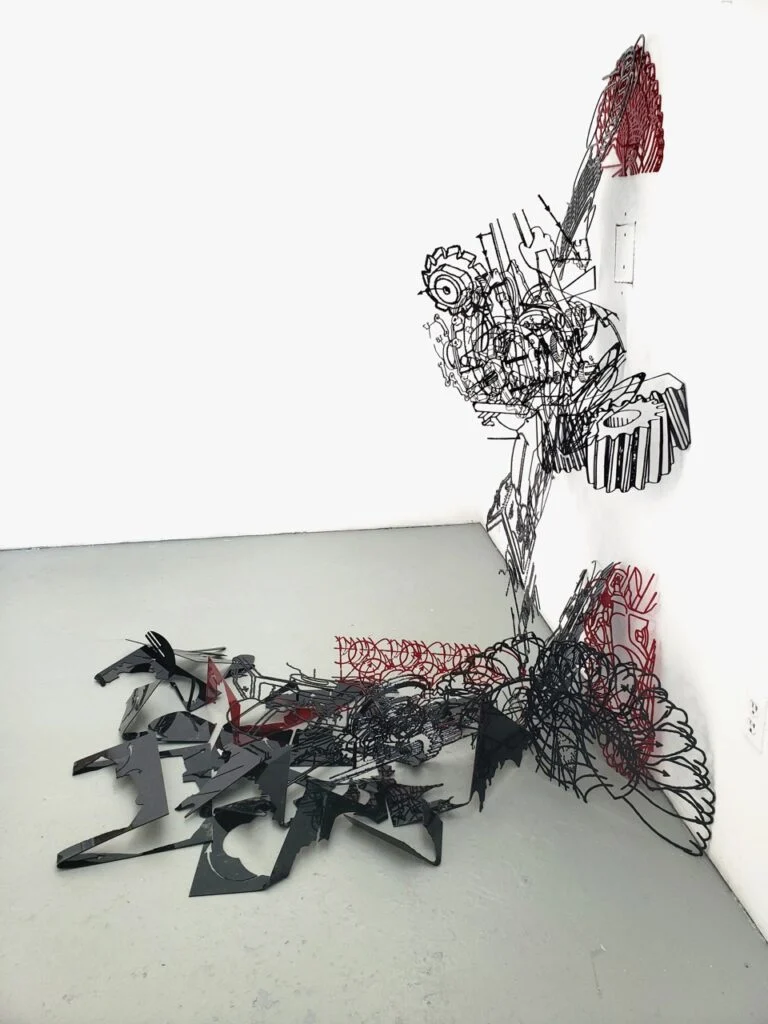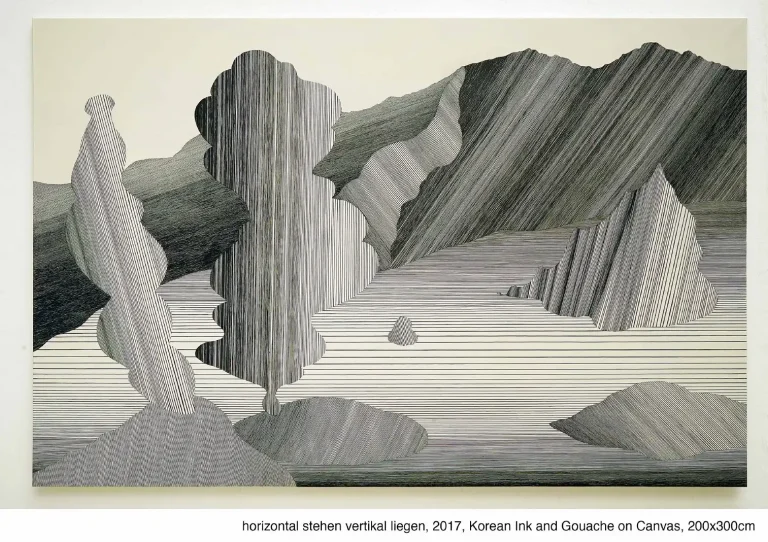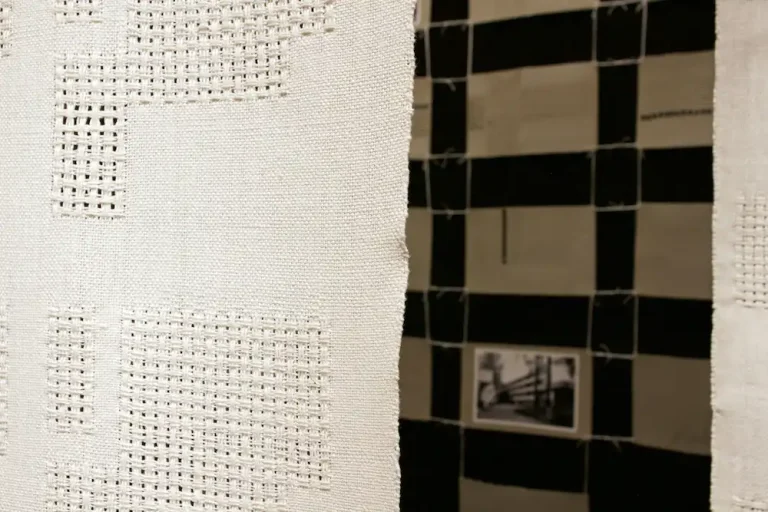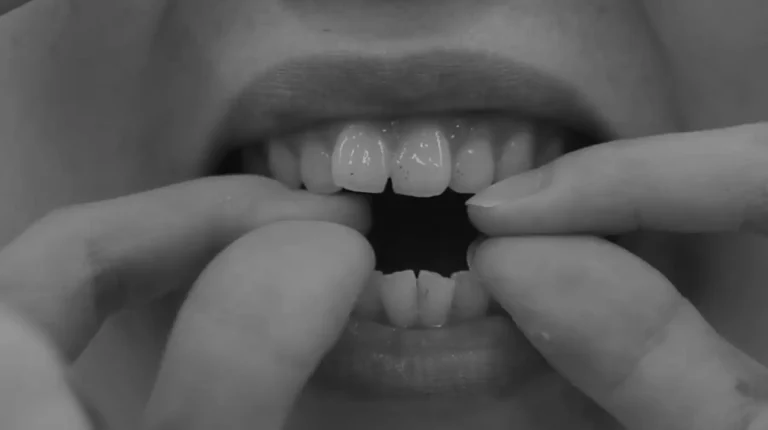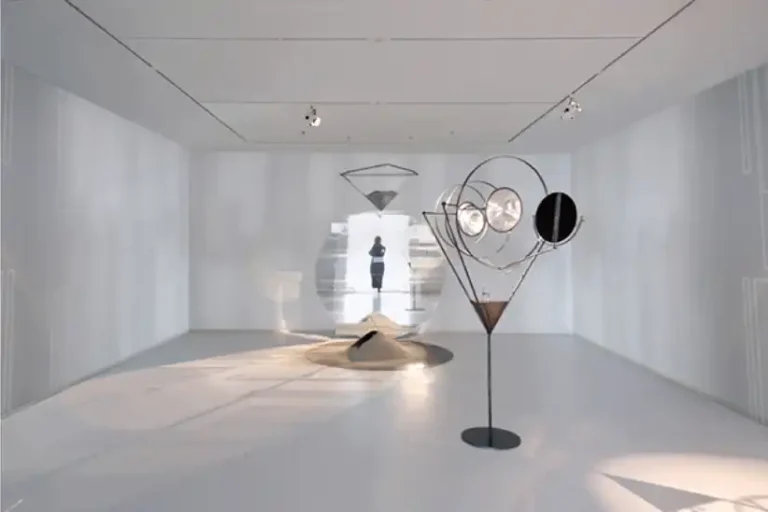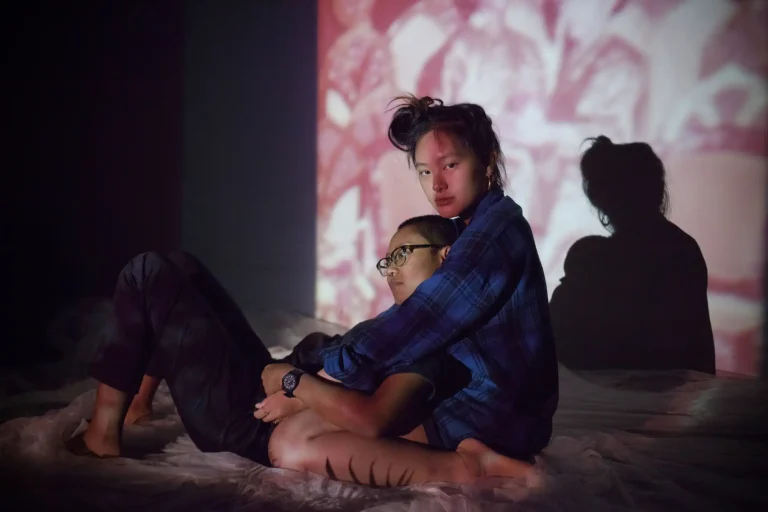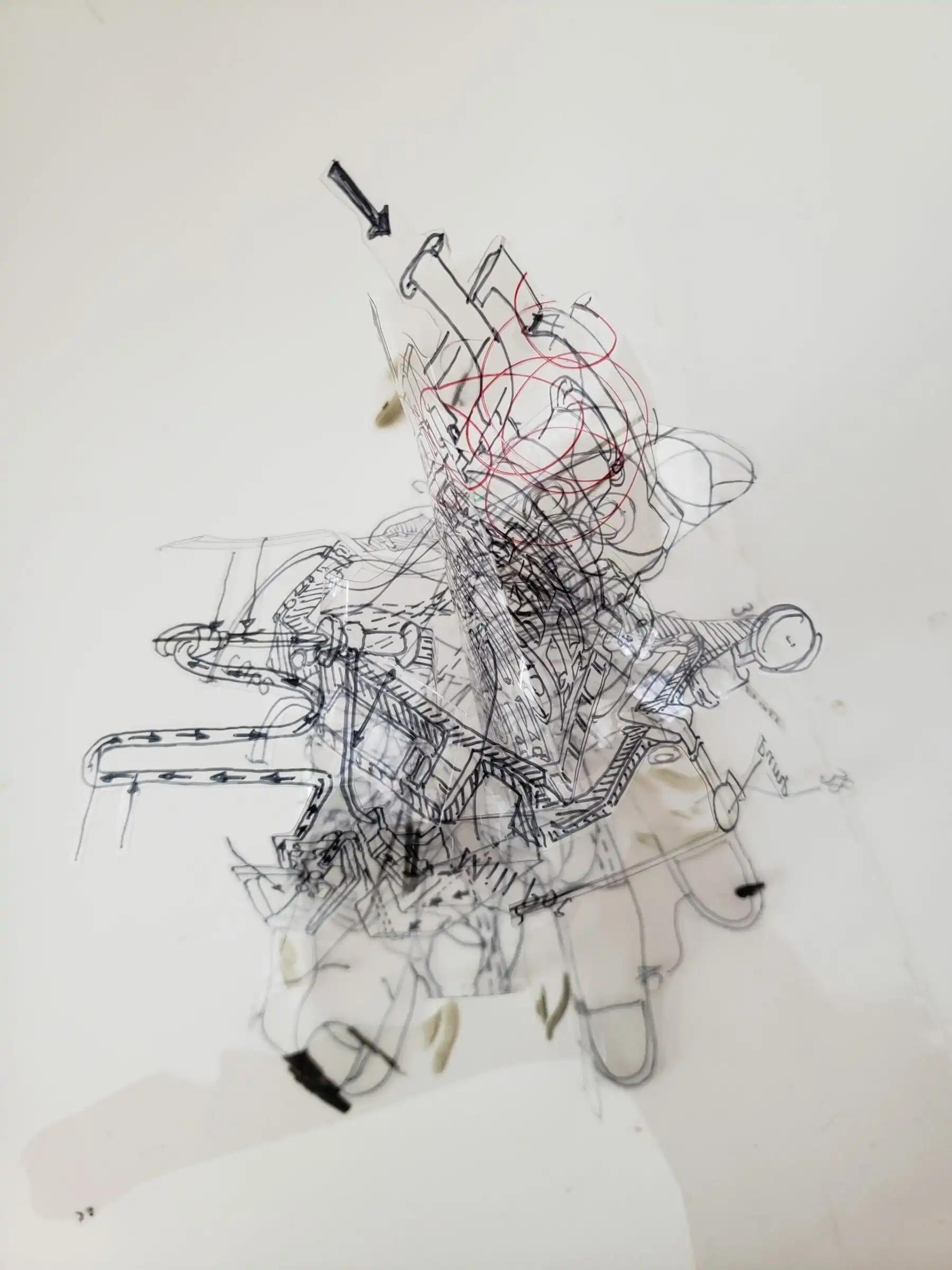
Aileen Bahmanipour is GlogauAIR resident
from October, 2021 to December, 2021
Aileen Bahmanipour’s practice centers on the vandalization of imagery, giving an opportunity to redefine a contemporary form of iconoclasm.
Meet the Artist
During her Residency in GlogauAIR, Bahmanipour focused on exploring the medium of video within the space, to understand video as a sculptural object. Expanding the architectural aspects of her current works.
Statement
My practice is currently centered on exploring contemporary forms of Iconoclasm. I define Iconoclasm not to reject or negate the image but to redefine it. To do that, I challenge the figure/ground relations. The ground of the image, through the history of image-making, has been always suppressed and hidden by the covering image. By vandalizing the image, the iconoclast gives an opportunity to the ground of the image to find a language, to become visible, and be part of the image. My creative process is entangled with images, how and why we make them and interact with images. Since 2009 when the Iranian regime’s restrictions maximized on Internet filters, my practice became obsessed with the diagrammatic imagery that was available to me through limited access to information, perhaps because they were neutral and not political at all. That project led me to my recent research questions about the flow of information internationally: collection and process of raw data online. I appropriate and decontextualize diagrammatic imagery to make new circuits and patent files of non-functional systems that blur the border between productivity and waste. I transform these diagrams into different visual forms of study in systematic non-functionality and stupidity.
GlogauAIR Project
In my proposed project for this residency, my focus will be to explore the medium of video within the space, to understand video as a sculptural object. I’ll do that to expand on the architectural aspects of my current works. While I’ll study and research about works of artists like Sondra Perry and Lana Kurdy, I’ll also want to learn to work with video mapping applications or software. I would like to use this technology to bridge my 2D drawings into specific forms of digital animations that can be projected, in specific forms and shapes, on my DIY machines and other potential installations. My approach is to integrate and engage my 2D and 3D works together, and blur dividing borders between their forms. Through this exploration in form, I’ll dive into the concept of connecting, and simultaneity in space.
These two concepts (connecting, and simultaneity in the space) have been appeared in my previous projects, in which I’ve investigated machine-and-machine labour, human-and-machine labour, and the idea of investment-as-labour. I understand machines as intelligent in product-ability and accessibility in our contemporary capitalist world. In my research, I am more interested in the human-machine labour in collecting raw data, and process of them according to the needs and circumstances of the users. Historically and currently, the free flow of information is a myth. Selectors and controllers continue, as they always have, to sift and shape the messages that circulate in society. It is always a matter of who the selectors are and whom they represent. And this is an area in which social class is in control. I am also interested in the fact that information is inseparable from its organization and mode of storage. In this case, my project reflects on my cultural and political identity as an Iranian-Canadian visual artist. Through my Google search, I accumulate (hoard), and collect images that Google offers me as the answers to my questions. Then, using the collection of images that are mostly manuals and diagrammatic imagery, I design patent files for non-functional systems that consume their own waste products in a way that nothing useful is produced through their cycle of work (for production and consumption), it’s all waste. I transform these diagrams into different visual forms of study in systematic non-functionality and stupidity. Sometimes I make DIY machines or assemble ready-made machines for that purpose. I want to expand my works on DIY videos or in form of 2D animations of my diagrammatic drawings and integrate them with the space and/or on 3D sculptures of machines. I’ve also recently worked with machine coding and programming language as a form of concrete poetry. I am planning to work with this form of language (between humans and machines) in creative writing experiments. I should admit the impact of Laurie Anderson’s works on this part of my process, further study of her artworks is on my do-to list for this residency.
CV Summary
- Aileen Bahmanipour is an Iranian-Canadian visual artist.
- She is a first generation immigrant from Iran.
- Bahmanipour is currently living and working on the unceded territories of the xwməθkwəy̓ əm (Musqueam), Skwxwú7mesh (Squamish) and səlílwətaʔɬ/Selilwitulh (Tsleil-Waututh) people.
- She has received her BFA in Painting from the Art University of Tehran and MFA in Visual arts from the University of British Columbia.
- Bahmanipour has exhibited her work in a body of solo and group exhibitions in Iran as well as in Canada, including her solo and group exhibitions at the Alternator Centre for Contemporary Art, Vancouver’s grunt gallery, Two Rivers Gallery, and Audain gallery.
- She is the recipient of the Social Sciences and Humanities Research Council grant in 2017, Gail and Stephen A. Jarislowsky Artist in 2019, Early Career Development grant from BC Arts Council in 2019, Canada Council for the Arts and BC Arts Council’s grant in 2021 and 2022.
Gallery
